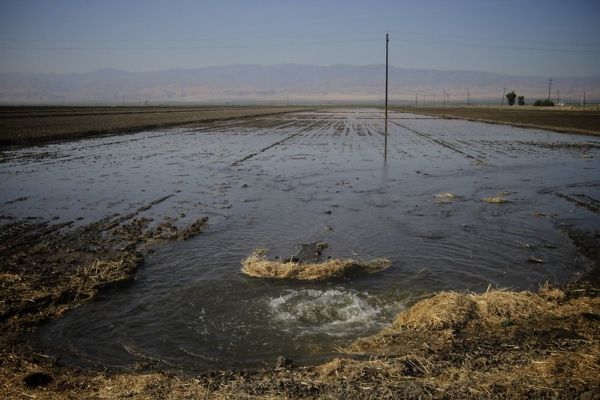The results were published in Environmental Research Letters on Aug. 17, 2021, with the research examining the interplay between irrigation habits and climate on water.
The study found that irrigation can be managed more effectively in humid regions of the eastern half of the United States where surface water is more readily available, a finding that could have implications for where the United States can grow food, according to the researchers. With longer-term droughts and intermittent intense flooding expected in the future, particularly in the arid western U.S., there is rising concern about overtaxing water resources in the region, especially for irrigated agriculture.
“It is important to understand the relationship between human water use and climate extremes to develop more sustainable water management practices in the future,” said the study’s lead author Bridget Scanlon, a senior research scientist at the UT Bureau of Economic Geology, a research unit of the Jackson School of Geosciences.
Continue reading at University of Texas at Austin
Image via University of Texas at Austin


